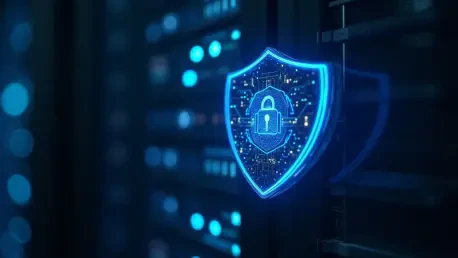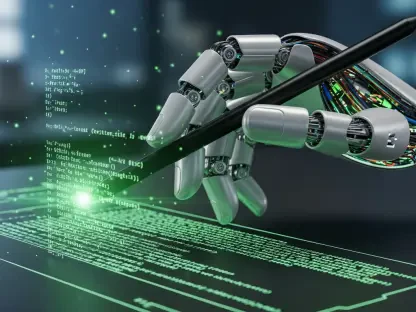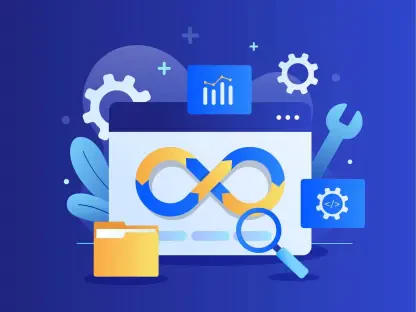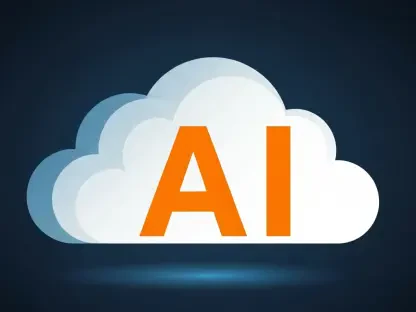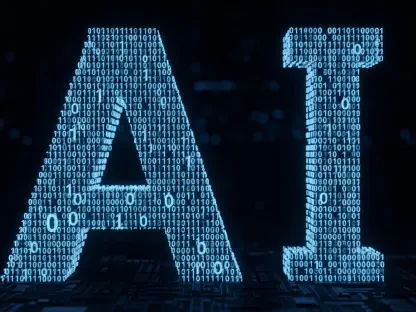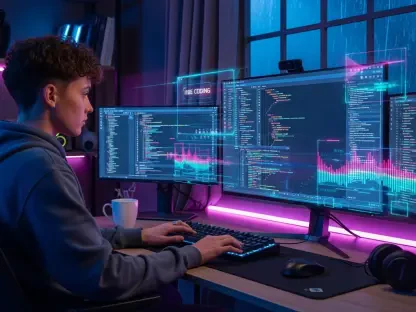In today’s digital age, the architecture of software systems is often an intricate puzzle that’s constantly evolving. As cyber threats become more sophisticated, the challenge of visualizing software security risks has grown exponentially. Against this backdrop, Apiiro has introduced a groundbreaking solution that promises to transform how security teams map and mitigate risks within software frameworks.
Visualizing a Secure Future
Apiiro’s new AI-driven tool, Software Graph Visualization, is set to redefine software security by offering an innovative way to visualize and understand vulnerabilities. Given how critical real-time data interpretation is for maintaining secure systems, this development raises a key question: Can traditional methods for visualizing software security still keep pace with today’s complex threats? The answer may very well lie in this fresh technological approach, which provides a more profound analysis of software architecture than ever before.
The Necessity of Enhanced Security Visualization
The software architecture lays the groundwork for maintaining robust security measures. However, security teams often grapple with significant hurdles when dealing with outdated visualization methods. Traditional tools frequently fail to capture the interconnected nature of modern software environments, leading to gaps that cyber adversaries can exploit. With the ongoing evolution of cyber threats, such as ransomware and sophisticated malware attacks, the need for advanced visualization tools becomes even more critical.
Dissecting Apiiro’s Graph Technology
Software Graph Visualization features dynamic, question-driven graph technology that excels in real-time environments. It offers a suite of crucial applications, including threat modeling, which identifies design vulnerabilities, and penetration test scoping, which details potential attack surfaces. Moreover, its ability to conduct change impact assessments allows teams to evaluate risks associated with modifications to code. By facilitating privacy reviews and blast radius analysis, this tool marks a significant advancement in managing vulnerabilities efficiently.
Industry Insights on AI in Security
The introduction of AI into cybersecurity has elicited responses from field experts who emphasize its transformative potential. Industry professionals have praised the new tool’s ability to streamline complex security processes and provide meaningful insights rapidly. Research also highlights its impact, showing improved vulnerability detection and management, evidencing a growing industry trend favoring AI-enhanced security solutions. As technology continues to progress, the integration of AI in cybersecurity strategies has been increasingly well-received.
Practical Implementation Strategies
For organizations aiming to integrate this tool into their existing protocols, strategic planning is vital. Utilizing its visualization capabilities requires a framework that aligns closely with an organization’s security goals. By following structured steps, such as setting clear objectives and gradually expanding usage, companies can harness the tool effectively. Such strategic adoption not only improves security measures but also strengthens overall resilience against emerging threats.
Shaping the Future of Security
As the landscape of cybersecurity continues to evolve, tools like Software Graph Visualization present pivotal opportunities for organizations to bolster their defenses. By incorporating AI into security protocols, businesses have taken tangible steps toward anticipating and mitigating risks. Going forward, the adoption of such advanced tools has proven vital in staying ahead of potential vulnerabilities and safeguarding digital assets.
